Hey there! Before we dive into this article, a quick introduction seems appropriate. My name is Travis Frank, and I am a New York-based music director and orchestrator specializing in new musicals. I am so thrilled to be contributing to MusicalWriters.com and joining this community of creators. I hope that by sharing my experiences I can make the process of mounting new musicals more fruitful and enjoyable for every member of the creative team, from the composer to the music director to the dramaturge.
I’d love to hear from you! If you’d like to share feedback or learn more about me and my work, you can head to www.travismfrank.com. You can check out more of my writing on my personal blog, or contact me directly.
This post is the first (Part I) in a series called Orchestrating a New Musical, where we’ll be covering these topics:
- Part I: Setup and Instrumentation
- Part II: The Rhythm Section
- Part III: The Wind Section
- Part IV: The String Section
- Part V: Other Instruments
- Part VI: Putting It All Together
- Part VII: Logistics
What Is Orchestration?
I believe it is prudent to define what exactly Orchestrating a New Musical means before we dive in. For some this may seem obvious. But for others this may be murky water, so hang tight.
Orchestrating a New Musical refers to the process of taking the score of a new musical and expanding and arranging it to be played by an entire orchestra or band. Orchestrating is most often done by a separate specialist, the orchestrator, rather than the composer, and I will be writing from the perspective of an orchestrator that was not the composer of the music. This is usually done because the composer of a new musical is already knees-deep in the process of writing and editing the show as rehearsals go on, and does not have the time to orchestrate their own material. The craft is also rather different from composing, so from an artistic perspective it often makes sense as well.
The orchestrator has to be a chameleon; they may be required to orchestrate a rock song followed by a 1920’s big-band jazz piece. Throughout this series of articles, I hope the one key takeaway is this: versatility and expertise in craft are the most important tools of any orchestrator. If you are versed in a wide repertoire of music, you can bring stylistic choices and flair to your work.
Versatility and expertise in craft are the most important tools of any orchestrator.
Being a “well-read” orchestrator means actively listening to music. How is the rhythm section’s groove locking in? When do the strings enter, and why that moment? What are the elements of this tune that stand out to the average listener? What makes this song’s groove unique? Asking these questions is so important to the craft of orchestration that at the end of each post in this series, I will provide a listening guide along with some prompts to help you examine the tunes critically.
First Analysis
When you (the orchestrator) first get hired to orchestrate a new musical, what happens? Hopefully you’re quickly introduced to the composer and lyricist, and then you go from there.
I find that the most helpful thing to do first is to comb through the score on your own, without the input of the composer and/or lyricist. Simply read through it, perhaps play the piano part (if there is one). Get to know the style and tone of the show. Then, after you have made your own impressions, work with the composer and lyricist to get to the musical heart of the show. They may have a very clear vision for the show, and present you with a complete instrumentation and suggestions for each song. Or they may be completely clueless, preferring instead for you to do all of the heavy lifting. Both of these situations are fine.
If the writers are pushy, and have pre-conceived ideas about what their show should sound like, listen to them, but always filter their demands through your experience and expertise. If they don’t know what they want, that’s your cue to step up and make suggestions. Always remember to work with the writers, not against them.
Instrumentation and Setup
The input from the writers feeds directly into the decision of instrumentation, the next step in preparing to orchestrate. Instrumentation is the art of selecting which instruments will be present in the pit band of a new musical.
Oftentimes instrumentation is chosen out of necessity. At the amateur and even semi-professional level, instrumentation is based on what players will be available for the production. If the team can only put together a pianist, guitarist, drummer, and oboist, that’s your orchestra. Similarly, if you want a 100-piece romantic orchestra, and the producer can only pay for a 20-piece orchestra (a sight I’d love to see), you can only have 20 players. Essentially, resources, even more than artistic choices, dictate the instrumentation of the orchestra.
There are a variety of instrumentations that all work, and the choice really depends on the show and the style of the show. For a rock-pop musical, one might want to put together a tight, groovin’ band that consists solely of:
- Piano / Conductor
- Acoustic / Electric Guitar
- Electric Bass
- Drum Kit
- Keyboard 2
That’s a pretty small pit, but with the right players, that can be all you need. After all, that’s more or less the instrumentation of most modern pop-rock bands. Or, if a musical is looking to evoke the huge, roaring swing bands of the 30s, the orchestra might look more like this:
- Piano / Conductor
- Acoustic Bass
- Hollow-Bodied Electric Guitar
- Drum Kit
- Alto Sax / Tenor Sax / Flute / Piccolo
- Alto Sax / Clarinet / Oboe
- Tenor Sax / Bari Sax / Clarinet / Bass Clarinet
- Trumpet 1
- Trumpet 2
- Trombone 1
- Trombone 2
Both of these bands can sound incredible and create beautiful music, but they obviously won’t create the same music.
An aside about doubling: as you may have noticed in the above lists, some players possess multiple instruments. This is referred to as “doubling”. In general, woodwind and rhythm section players are usually the only players asked to double, and nearly always on “like” instruments, though there are always exceptions. For example, an alto sax player might be asked to play tenor sax and clarinet as well, or a guitarist might be asked to play steel-string acoustic guitar, nylon acoustic guitar, electric guitar, and mandolin. Do note that doubling (rightfully) demands a higher fee for the player. I will explore doubling in more depth as we examine each of the sections of the orchestra in detail.
Once you’ve nailed down the instrumentation, the next step is to set everything up so that you’re ready for writing. I do everything electronically, but others find good old fashioned paper and pencil to be more therapeutic. Regardless, creating a template is the next step. Make sure that the show title, composer, lyricist, orchestrator, instrument names and abbreviations, copyright, and other relevant markings are present on the title page of each tune, with additional running headers throughout. I won’t delve deeply into the world of music copying in this article, but I may be persuaded to write about the topic in the future.
After instrumentation has been chosen and your template has been created you’re all set to go! We’ll go over the rhythm section next time when we revisit Orchestrating a New Musical.
Listening Guide
The listening guide is comprised of two parts: the first to review concepts covered in this post, and the second to preview themes we will be covering in the next article in this series.
Part I – Instrumentation Review
“Anything Goes” – Anything Goes (2011 Broadway Cast Recording)
Orchestrations by Bill Elliott – Music & Lyrics by Cole Porter
- Try to list all of the instruments you think are present in this orchestration. Which do you believe are not present? Why?
- What instruments are featured heavily in this orchestration? Why?
“Boulevard of Broken Dreams” – American Idiot (The Original Broadway Cast Recording)
Orchestrations by Tom Kitt – Music by Green Day, Lyrics by Billie Joe Armstrong
- This tune is completely different from “Anything Goes”. What instruments are present?
- There are two guitars in this band. Why do you think the orchestrator chose to include two?
“Why We Tell the Story” – Once On This Island (New Broadway Cast Recording)
Orchestrations by AnnMarie Millazo and Michael Starobin – Music by Stephen Flaherty, Lyrics by Lynn Ahrens
- How large do you think this orchestra is? Can you identify all of the different instruments present?
- Try to figure out what instruments are doubling and on what.
Part II – Rhythm Section Preview
“I Wish It Would Rain” – The Temptations Wish It Would Rain
Music & Lyrics by Norman Whitfield, Barrett Strong, and Rodger Penzabene
- What does the rhythm section of this tune sound like? What instruments are present and in what numbers?
- When does the groove change? Why?
- Try to listen to just the bass. How complex is the part? Why?
“Carry on Wayward Son” – The Best of Kansas
Music & Lyrics by Kerry Livgren
- What is different about the drum groove in the vocal sections and the solo sections?
- What sounds does the keyboard player use? When do they switch patches and why?

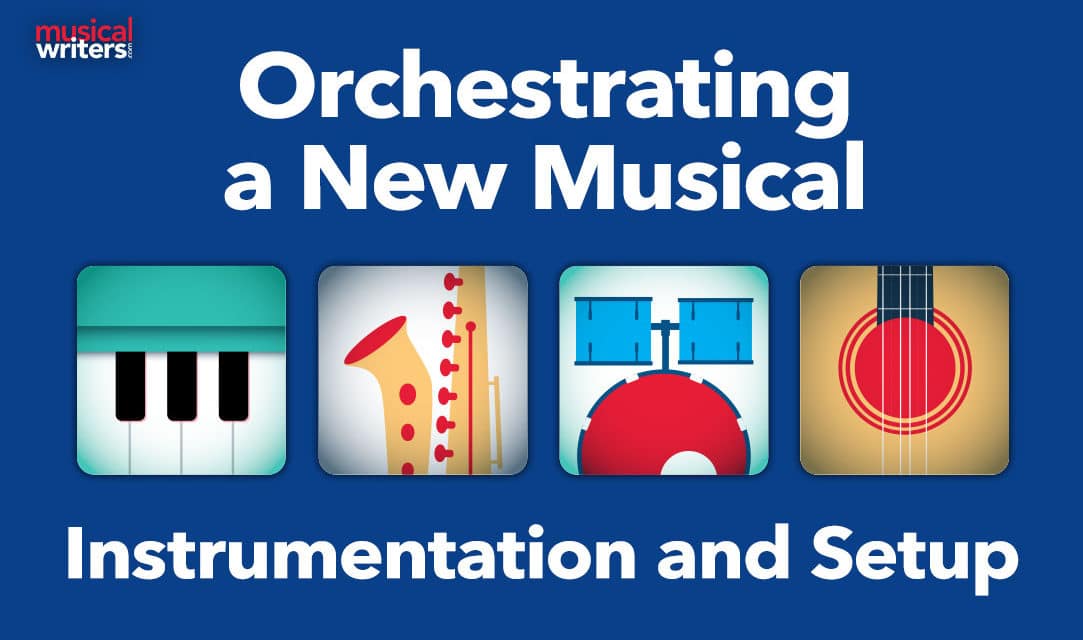
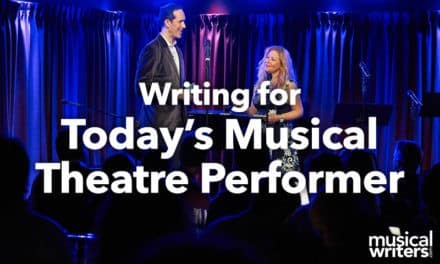
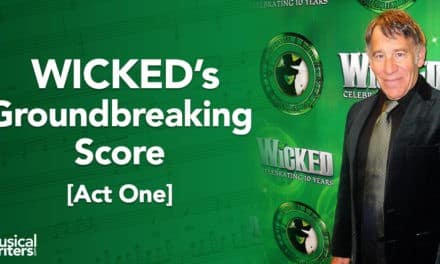
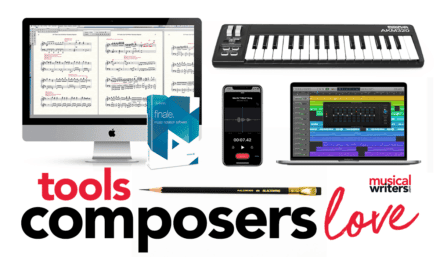
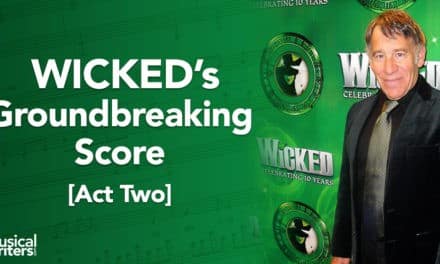

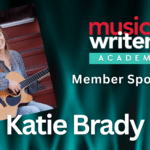
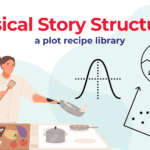




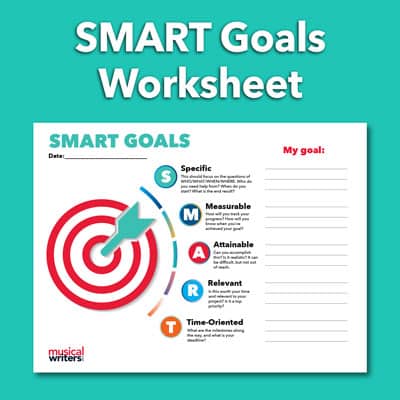
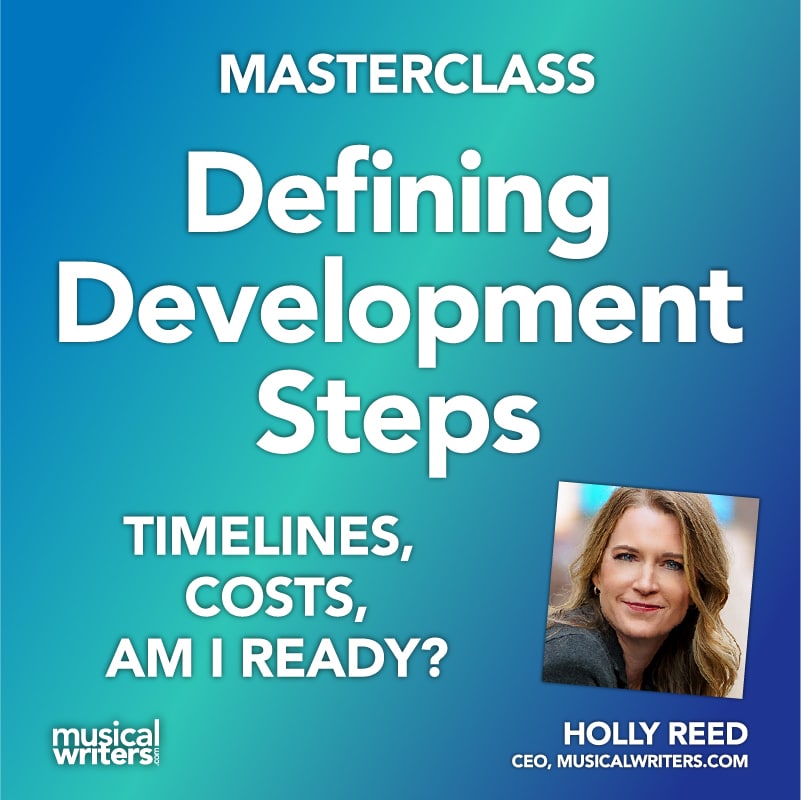
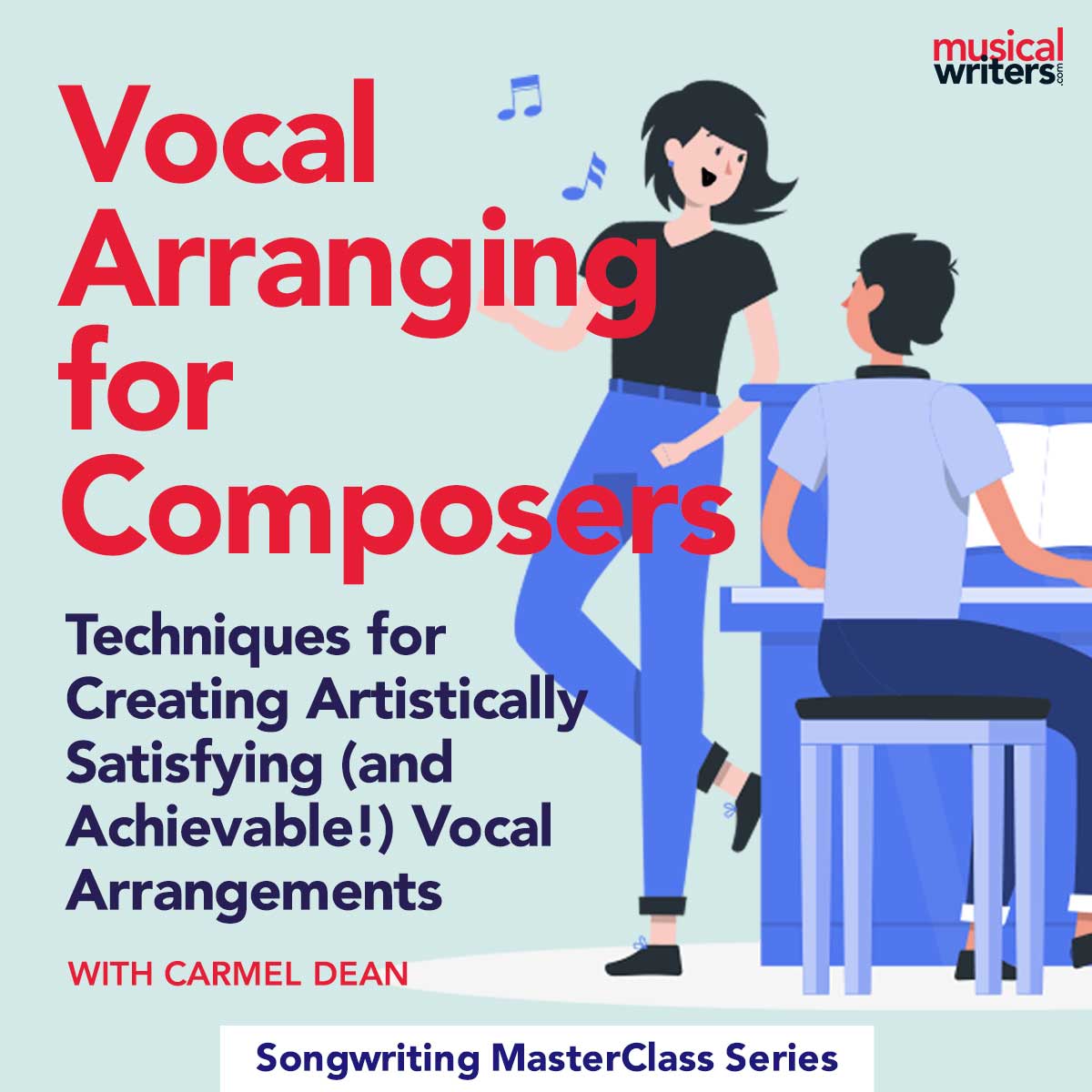
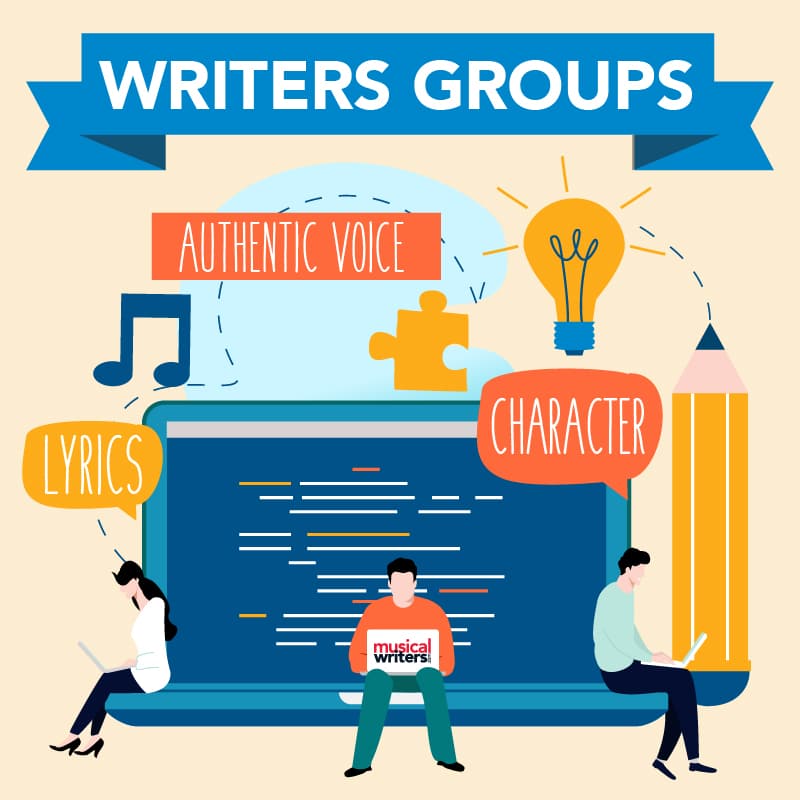
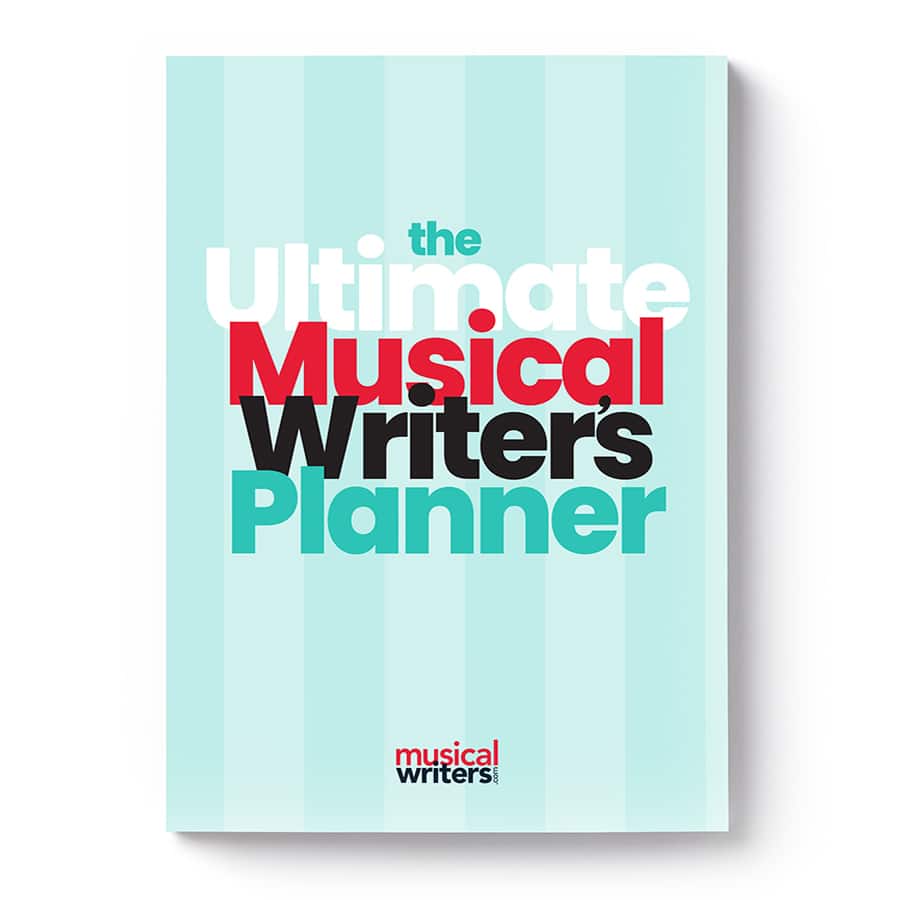

Great article!! Thank you Travis Frank for the insight and wisdom concerning this topic.